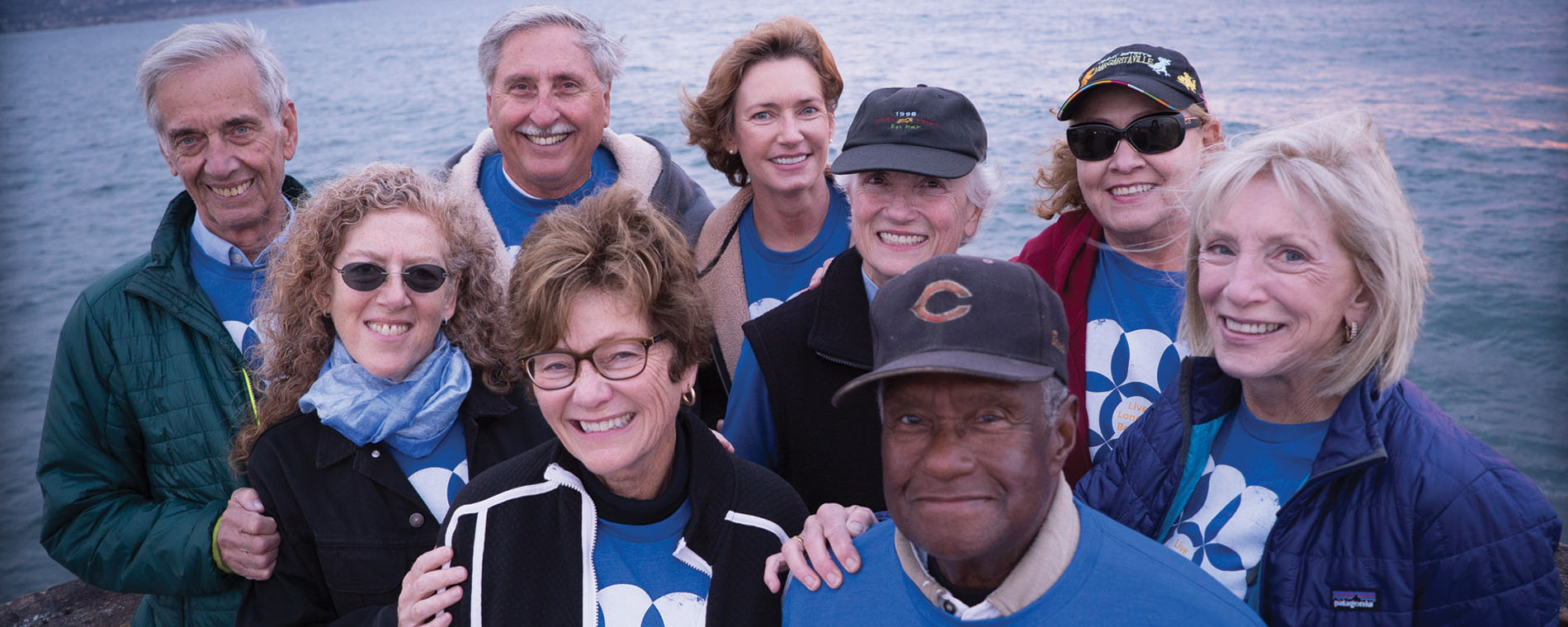by David Mendez, Easy Reader
More than five years ago, the Blue Zones Project rolled into the Beach Cities with a simple but ambitious goal. The project intended to help the people in the communities it served live longer, healthier, more fulfilling lives.
Driven by Beach Cities Health District CEO Susan Burden, then-Chief Medical Officer Lisa Santora and Blue Zones founder Dan Buettner, BZP had its work cut out for it: Nearly 60 percent of the population was overweight or obese, and stress levels of residents were akin to those of people living in poverty and disaster-riddled cities.
Today, the Beach Cities Blue Zones Project is thriving — and, accordingly, so are most of its residents.






